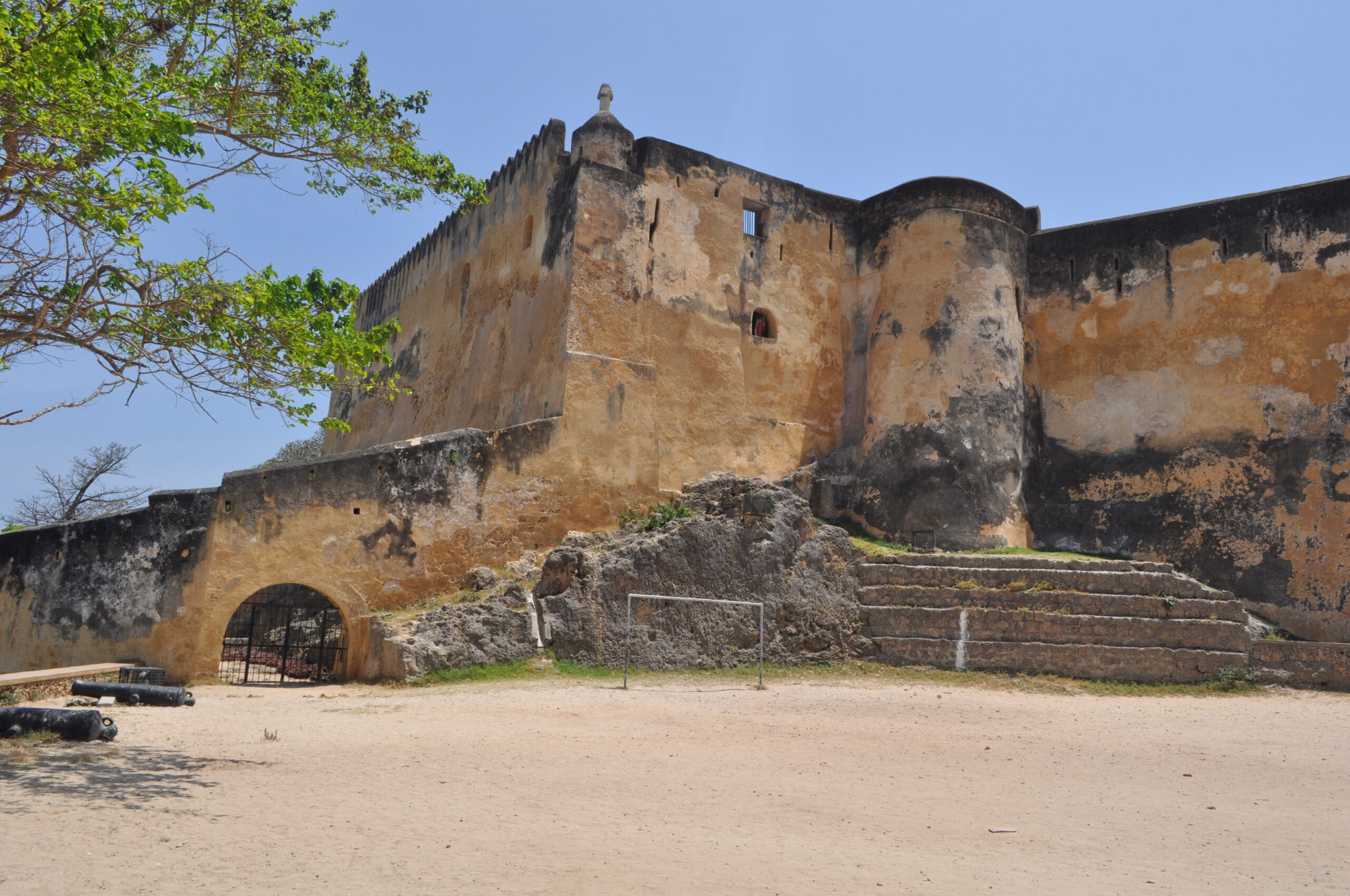Early Settlement and Visitors
Kenya’s origins trace back to when indigenous African communities, migrating from different parts of the continent, first settled the land. The country also welcomed an array of foreign visitors—traders, explorers, and tourists—from places like Portugal, Arabia, the Roman Empire, India, and Greece. As early as the first century A.D., these visitors, drawn mainly to the East African Coast, engaged in trade and cultural exchange. Some opted to stay, merging with local populations. This blend of cultures birthed the Swahili culture, known for its unique blend of craft industries, farming, fishing, and trade, which helped form city-states like Siu, Pate, Lamu, Malindi, Gede, Mombasa, and Vanga. The introduction of Islam and the Kiswahili language, alongside new crafts and goods in exchange for local resources, marked the beginning of a vibrant period of cultural and economic growth.
European Influence and Control

The Portuguese arrived in 1498, marking the start of significant European influence in East Africa. Their alliance with Malindi catalyzed their dominance, aiming to monopolize the Indian Ocean trade. This 200-year reign saw both advancement and resistance, with the Portuguese eventually being ousted by a combination of local resistance and Omani Arab intervention. Sultan Seyyid Said of Oman then shifted his base to Zanzibar, overseeing the East African Coast until British colonization.
Colonial Era
The Berlin Conference of 1884, which saw Africa divided amongst European powers, included Kenya as a British territory. Initially administered by the Imperial British East Africa Company, Kenya soon proved too complex for corporate rule and was declared a British colony and protectorate in 1895. The British imposition involved land alienation, forced labor, and racial discrimination, sparking African protest movements from the 1920s, leading towards the fight for independence.
Independent Kenya

Achieving independence in December 1963, Kenya embarked on a journey of economic growth, political stability, and national cohesion under successive presidents. Key highlights include the adoption of multipartism in 1991, the transition of presidential power from Daniel arap Moi to Mwai Kibaki, and the establishment of a Grand Coalition Government in 2008 after a disputed election. The adoption of a new constitution in 2010 marked a significant step in Kenya’s democratic journey, setting the stage for future growth and stability.
